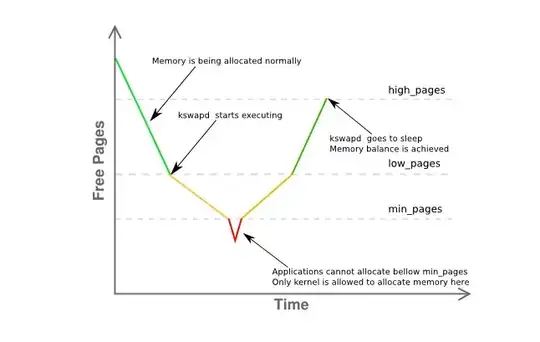I'm operating an Amazon AWS web application that already has a lot of timezone variation in CPU utilization.
I'm also concerned about going viral too because it has a tendency to happen with us and if I'm asleep at the time our service could become slow or unreachable for hours.
Currently we use a single EC2 instance. Yesterday we even had some downtime when the server was being replaced automatically and didn't boot up correctly - I still don't know the full reasons and probably never will.
It won't let me include an image because I need 10 reputation points, so if someone could edit this post and make this an embedded image I would appreciate it:
I'm now considering replacing our frontend with a load balancer and autoscaling. This would allow us to save money and improve performance, reliability, as well as mitigating the effects of bugged EC2 instances.
I wonder though what the thresholds are for EC2 CPU performance when running PHP?
We operate an application where we want to prioritize performance over cost, while still not throwing money away.
What CPU percentage thresholds should I set for:
- When to add a new instance
- When to remove an excess instance
If anyone has any graphs of performance vs CPU load that would be amazing to see.
Or should I use a different metric than CPU altogether?
